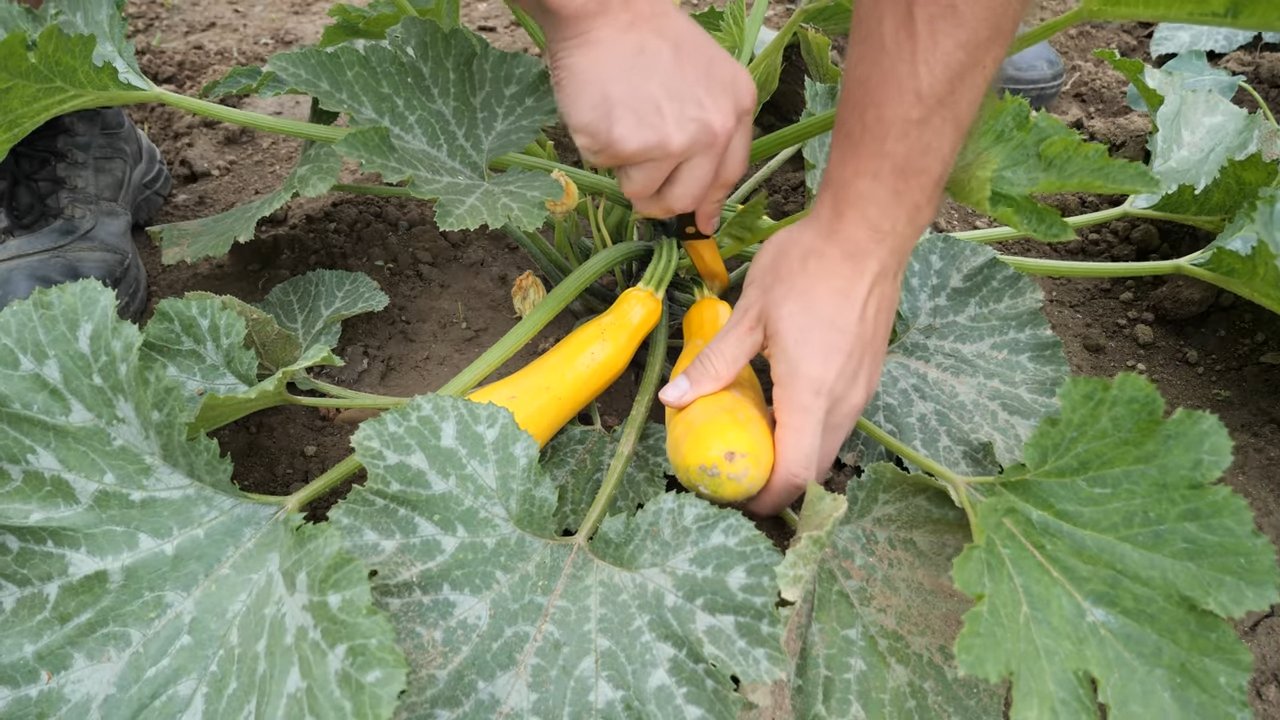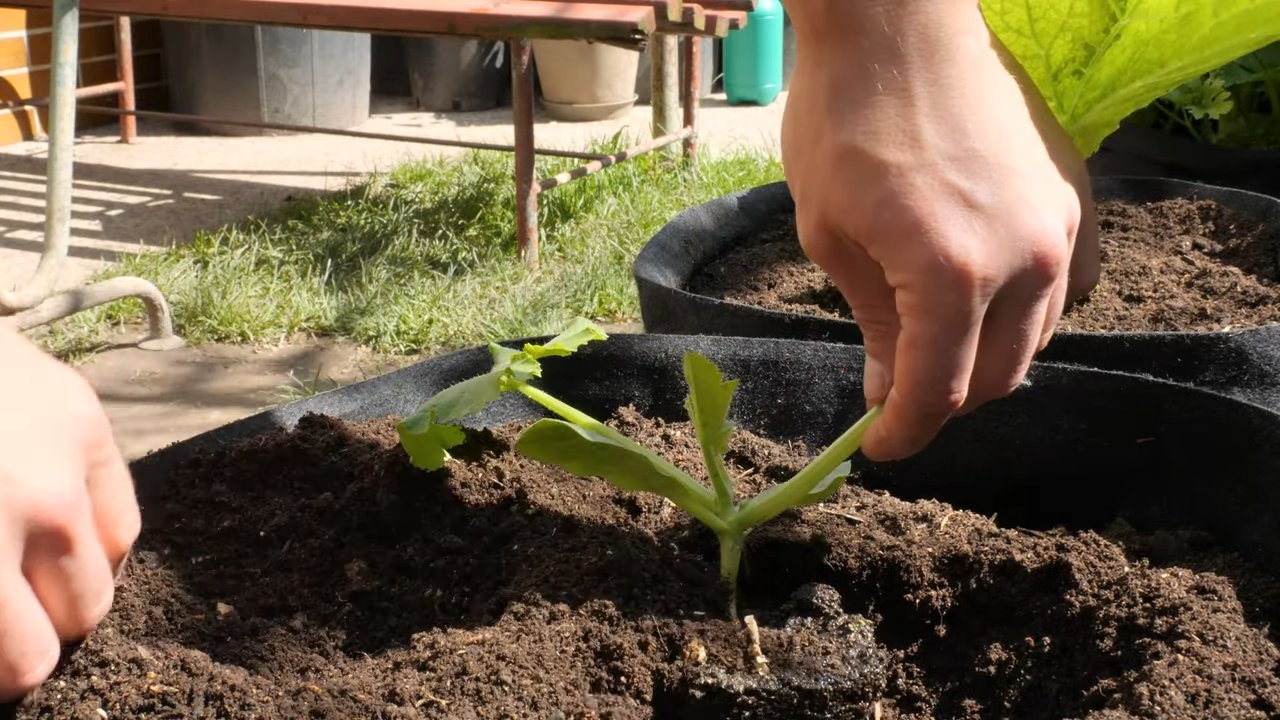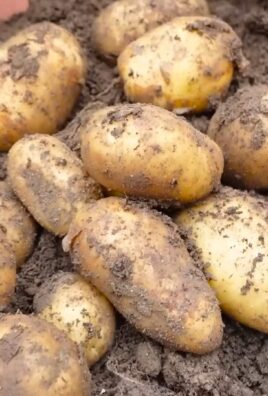Growing Zucchini in Grow Bags: Unlock the secret to a bountiful harvest, even without a sprawling garden! Have you ever dreamed of plucking fresh, vibrant zucchini right from your own backyard, but felt limited by space? Well, dream no more! This DIY guide is your passport to zucchini success, no matter how small your patio or balcony might be.
Zucchini, a summer squash with Italian roots, has become a staple in gardens worldwide. Its versatility in the kitchen, from savory dishes to sweet treats, makes it a beloved vegetable. Historically, squash has been a vital food source for indigenous cultures in the Americas for thousands of years, demonstrating its enduring importance.
But let’s face it, zucchini plants can be space hogs! That’s where the magic of grow bags comes in. Growing Zucchini in Grow Bags offers a practical and efficient solution for urban gardeners and anyone looking to maximize their yield in a limited area. I’m going to show you how to create the perfect environment for your zucchini to thrive, from choosing the right grow bag to mastering watering and fertilization techniques. Say goodbye to garden envy and hello to a zucchini abundance that will have you sharing with friends and neighbors!

Growing Zucchini in a Grow Bag: Your DIY Guide for a Bountiful Harvest
Hey fellow gardeners! Zucchini are super productive and relatively easy to grow, which makes them a great choice for beginners. But did you know you can also successfully grow them in grow bags? This is perfect if you don’t have a garden or just want to be more flexible with where you place your plants. I’ll show you how it’s done!
What You Need
Before we get started, here’s a list of the things you’ll need for your zucchini grow bag project:
- Grow bags: Choose large grow bags, at least 45-60 liters (10-15 gallons) in capacity. Zucchini need space for their roots. Fabric grow bags are ideal as they allow for good drainage and aeration.
- High-quality potting soil: Use a well-draining potting soil that is rich in organic matter. Avoid garden soil, as it can be too heavy and impede drainage.
- Zucchini seeds or seedlings: You can either sow seeds or buy seedlings. Seedlings are faster, but sowing seeds is cheaper and more fun!
- Fertilizer: A slow-release fertilizer or a liquid fertilizer specifically for vegetables.
- Watering can or hose: For watering your zucchini.
- Mulch: Straw, wood chips, or grass clippings to retain moisture in the soil and suppress weeds.
- Plant markers: So you know which variety you’ve planted.
- Gardening gloves: To keep your hands clean.
- Optional: Trellis or support: Although zucchini grow in a bush-like fashion, a support can help keep the fruit off the ground and improve air circulation.
Preparation is Everything: Preparing the Grow Bag
- Choose and place the grow bag: Select a sunny spot for your grow bag. Zucchini need at least 6-8 hours of sunlight per day. Place the grow bag in its final location before you fill it, as it will be very heavy once full.
- Fill the grow bag: Fill the grow bag with potting soil. Leave about 5-10 cm (2-4 inches) of space at the top.
- Add fertilizer: Mix a slow-release fertilizer into the potting soil according to the package instructions. If you’re using a liquid fertilizer, you can add it later when watering.
- Water: Water the potting soil thoroughly until it is evenly moist.
Sowing or Planting: The Start to Zucchini Happiness
Sowing Zucchini Seeds
- Sow seeds: Make small holes (about 2-3 cm or 1 inch deep) in the potting soil. Place 2-3 seeds in each hole.
- Cover with soil: Cover the seeds with potting soil and press down lightly.
- Water: Water gently to keep the soil moist.
- Keep warm: Zucchini seeds germinate best in warm temperatures (20-25°C / 68-77°F). If it’s still cool outside, you can cover the grow bag with plastic wrap to retain heat.
- Thin out: Once the seedlings have a few leaves, thin them out by removing the weakest seedling. Leave only one strong seedling per hole.
Planting Zucchini Seedlings
- Dig a hole: Dig a hole in the potting soil large enough to accommodate the seedling’s root ball.
- Plant the seedling: Carefully remove the seedling from its pot and gently loosen the root ball. Place the plant in the hole, ensuring the top of the root ball is level with the surface of the potting soil.
- Fill with soil: Fill the hole with potting soil and press it down lightly.
- Water: Water the plant thoroughly.
Caring for Your Zucchini: Watering, Fertilizing, and More
- Watering: Zucchini need a lot of water, especially during fruit production. Water regularly, especially on hot days. Make sure the soil is moist but not soggy. Avoid watering the leaves, as this can encourage fungal diseases. It’s best to water early in the morning.
- Fertilizing: Feed your zucchini every 2-3 weeks with a liquid fertilizer specifically for vegetables. Follow the instructions on the packaging.
- Mulching: Apply a layer of mulch around the plant to retain moisture in the soil, suppress weeds, and regulate soil temperature.
- Pests and diseases: Watch out for pests like aphids, slugs, and squash vine borers. Check your plants regularly and take action if necessary. There are many organic pesticides you can use. Powdery mildew is a common disease in zucchini. Ensure good air circulation and avoid watering the leaves to minimize the risk.
- Pollination: Zucchini need pollination to produce fruit. If you don’t have bees or other pollinators in your garden, you may need to hand-pollinate the flowers. It’s very simple: take a small paintbrush and transfer pollen from the male flowers (the ones without a tiny zucchini at the base) to the female flowers (the ones with a tiny zucchini at the base).
- Support (optional): If you are using a trellis, guide the zucchini vines along it. This helps keep the fruit off the ground and improves air circulation.
Harvest Time: Enjoying the Fruits of Your Labor
- When to harvest: Zucchini are best when they are young and tender. Harvest them when they are about 15-20 cm (6-8 inches) long.
- How to harvest: Cut the zucchini from the stem with a sharp knife or garden shears.
- Harvest regularly: Harvest your zucchini regularly to encourage the production of new fruit. The more you harvest, the more zucchini your plant will produce!
Additional Tips for Success
- Choose the right variety: There are many different zucchini varieties. Some are more compact and better suited for growing in grow bags than others. Research the different varieties before you buy.
- Rotate the grow bag: Rotate the grow bag regularly so that all sides of the plant receive even sunlight.
- Remove old leaves: Regularly remove old, yellow, or damaged leaves to improve air circulation and prevent diseases.
- Observe your plant: Look for signs of stress, such as wilting leaves or slowed growth. Adjust your care accordingly.
Common Problems and Solutions
Powdery mildew: Powdery mildew is a common fungal disease that appears as a white, powdery coating on the leaves. Ensure good air circulation and avoid watering the leaves.
Yellow leaves: Yellow leaves can be a sign of overwatering, nutrient deficiency, or disease. Check the soil moisture and fertilize your plant if needed.
No fruit: If your zucchini is flowering but not producing fruit, it could be due to a lack of pollination. Hand-pollinate the flowers or attract pollinators to your garden.

Conclusion
So, there you have it! Growing zucchini in grow bags is not just a viable option; it’s a game-changer for gardeners of all levels, especially those with limited space or challenging soil conditions. We’ve explored the myriad benefits, from improved drainage and aeration to the ease of mobility and pest control. But the real magic lies in the abundance of fresh, delicious zucchini you’ll be harvesting right from your own backyard (or balcony!).
This DIY trick is a must-try because it empowers you to take control of your growing environment. No more battling compacted clay soil or worrying about root rot. Grow bags provide the perfect foundation for healthy, thriving zucchini plants, leading to a more bountiful harvest and a more rewarding gardening experience. Think of it: plump, glossy zucchini ready to be transformed into zucchini bread, grilled zucchini skewers, or even zucchini noodles – all thanks to your ingenuity and a simple grow bag.
But don’t stop there! Experiment with different grow bag sizes to find what works best for your space and zucchini variety. Try adding companion plants like marigolds or basil to deter pests and attract pollinators. Consider using a self-watering grow bag to simplify watering and ensure consistent moisture levels. The possibilities are endless!
We’ve covered the basics, but the real learning happens when you get your hands dirty. Don’t be afraid to experiment with different soil mixes, watering schedules, and fertilization techniques. Observe your plants closely and adjust your approach as needed. Gardening is a journey, and every zucchini you grow is a lesson learned.
We are confident that you will find that growing zucchini in grow bags is a rewarding and productive experience. The convenience, control, and increased yields make it a superior method for many gardeners.
Now, it’s your turn! Grab a grow bag, some quality potting mix, and a zucchini seedling (or seeds!), and get growing. We can’t wait to hear about your experiences. Share your tips, tricks, and triumphs in the comments below. Let’s build a community of grow bag zucchini enthusiasts and inspire others to embrace this simple yet effective gardening technique. Happy gardening!
Frequently Asked Questions (FAQ)
What are the benefits of growing zucchini in grow bags compared to traditional in-ground gardening?
Grow bags offer several advantages over traditional in-ground gardening, particularly for zucchini. Firstly, they provide superior drainage and aeration, preventing root rot, a common problem with zucchini. The fabric material allows excess water to escape while allowing air to circulate around the roots. Secondly, grow bags are portable, allowing you to move your zucchini plants to the sunniest spot in your yard or even indoors if necessary. This is especially beneficial in areas with unpredictable weather. Thirdly, grow bags offer better control over the soil composition. You can use a high-quality potting mix specifically formulated for vegetables, ensuring your zucchini plants receive the nutrients they need. Finally, grow bags can help reduce pest and disease problems by isolating the plants from contaminated soil.
What size grow bag is best for growing zucchini?
For zucchini, which are vigorous growers, a grow bag of at least 15 gallons is recommended. A 20-gallon grow bag is even better, providing ample space for the roots to develop and support the plant’s growth. Smaller grow bags may restrict root growth, leading to stunted plants and reduced yields. Consider the mature size of the zucchini variety you are growing when selecting a grow bag size. Bush varieties may do well in slightly smaller bags, while vining varieties will require larger ones.
What type of soil should I use in my grow bag for zucchini?
The ideal soil for growing zucchini in grow bags is a well-draining, nutrient-rich potting mix. Avoid using garden soil, as it can be too heavy and compacted, hindering drainage and aeration. Look for a potting mix specifically formulated for vegetables, or create your own by combining equal parts of peat moss (or coconut coir), perlite, and compost. The peat moss or coconut coir provides moisture retention, the perlite improves drainage, and the compost adds essential nutrients. You can also amend the soil with slow-release fertilizer to provide a steady supply of nutrients throughout the growing season.
How often should I water zucchini plants in grow bags?
Zucchini plants in grow bags require frequent watering, especially during hot, dry weather. The fabric material of grow bags allows water to evaporate more quickly than traditional containers, so it’s essential to monitor the soil moisture regularly. Water deeply whenever the top inch of soil feels dry to the touch. Avoid overwatering, as this can lead to root rot. A good rule of thumb is to water thoroughly until water drains from the bottom of the bag. The frequency of watering will depend on the weather conditions, the size of the grow bag, and the size of the plant.
Do I need to fertilize zucchini plants in grow bags?
Yes, zucchini plants in grow bags benefit from regular fertilization. As they are heavy feeders, they require a steady supply of nutrients to support their rapid growth and fruit production. Start by incorporating a slow-release fertilizer into the potting mix at planting time. Then, supplement with liquid fertilizer every two to three weeks throughout the growing season. Use a balanced fertilizer with equal parts nitrogen, phosphorus, and potassium (e.g., 10-10-10) or a fertilizer specifically formulated for vegetables. Follow the instructions on the fertilizer label for proper application rates.
How do I prevent pests and diseases when growing zucchini in grow bags?
While grow bags can help reduce pest and disease problems, it’s still important to take preventative measures. Inspect your zucchini plants regularly for signs of pests or diseases. Common zucchini pests include squash bugs, squash vine borers, and aphids. Diseases include powdery mildew and blossom end rot. Use organic pest control methods, such as insecticidal soap or neem oil, to control pests. Ensure good air circulation around the plants to prevent fungal diseases. Avoid overhead watering, as this can create a humid environment that promotes disease development. If blossom end rot occurs, it is usually due to calcium deficiency or inconsistent watering. Amend the soil with calcium or ensure consistent watering to prevent this problem.
Can I grow zucchini in grow bags indoors?
Yes, you can grow zucchini in grow bags indoors, but you will need to provide adequate light. Zucchini plants require at least six to eight hours of direct sunlight per day. If you don’t have a sunny window, you will need to supplement with grow lights. Use full-spectrum LED grow lights to provide the necessary light for healthy growth and fruit production. Ensure the grow bag is large enough to accommodate the plant’s root system, and water and fertilize regularly. Pollinating the flowers can be a challenge indoors, so you may need to hand-pollinate them using a small paintbrush.
What are some good companion plants for zucchini in grow bags?
Companion planting can benefit zucchini plants in grow bags by attracting pollinators, deterring pests, and improving soil health. Some good companion plants for zucchini include marigolds, basil, nasturtiums, and oregano. Marigolds deter nematodes and other soil pests. Basil repels aphids and other insects. Nasturtiums attract beneficial insects and act as a trap crop for aphids. Oregano repels cabbage moths and other pests. Avoid planting zucchini near potatoes or fennel, as they can inhibit growth.
How do I harvest zucchini from grow bags?
Harvest zucchini when they are young and tender, typically when they are 6 to 8 inches long. Use a sharp knife or pruning shears to cut the zucchini from the plant, leaving a short stem attached. Regular harvesting encourages the plant to produce more fruit. Overripe zucchini can become tough and seedy, so it’s best to harvest them frequently.
Can I reuse grow bags for growing zucchini in subsequent years?
Yes, you can reuse grow bags for growing zucchini in subsequent years, but it’s important to clean and sanitize them first. Remove any remaining plant debris and wash the grow bags with soap and water. You can also soak them in a diluted bleach solution (1 part bleach to 9 parts water) to kill any pathogens. Allow the grow bags to dry completely before storing them. Replace the potting mix each year to ensure optimal nutrient levels and prevent the buildup of pests and diseases.




Leave a Comment